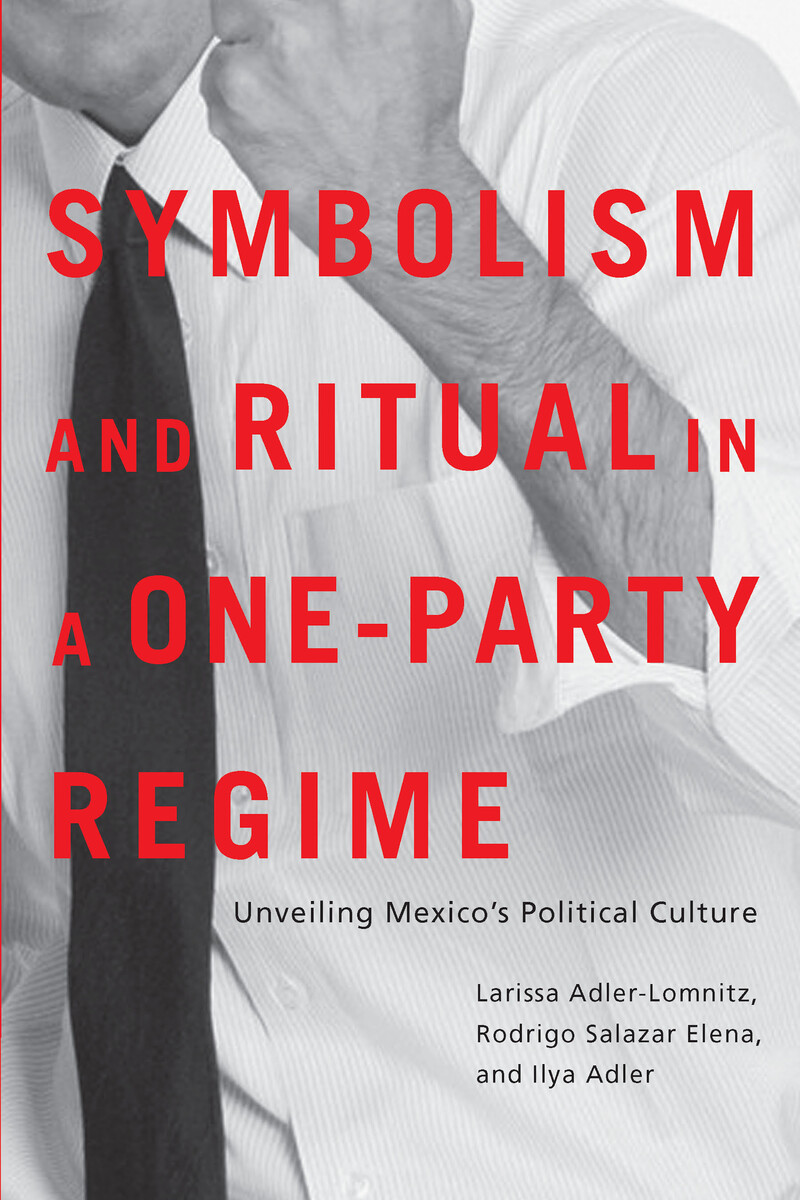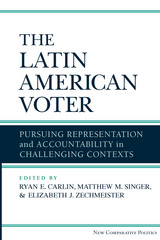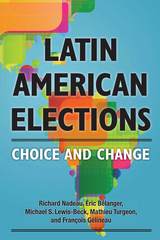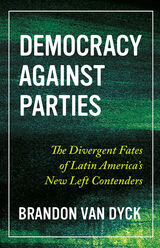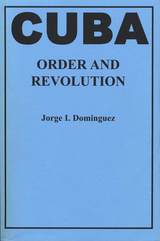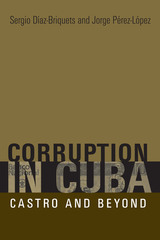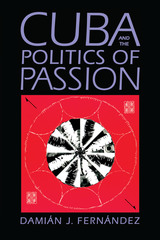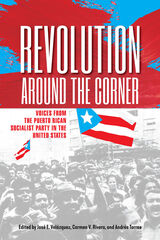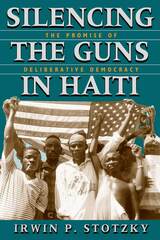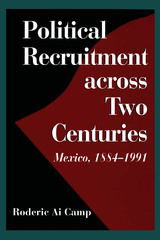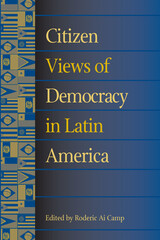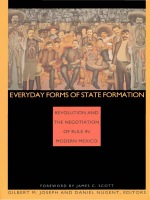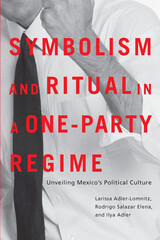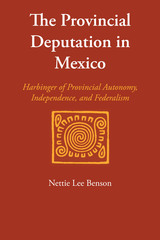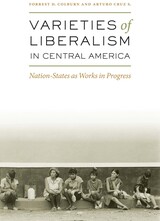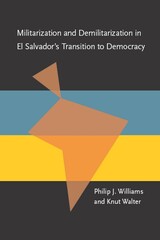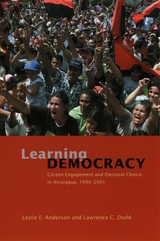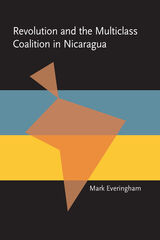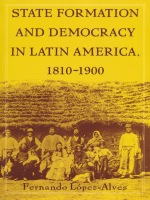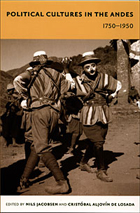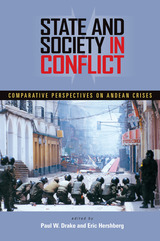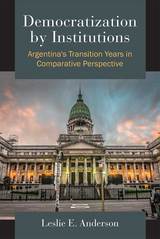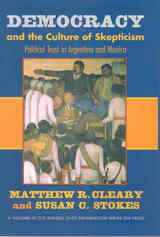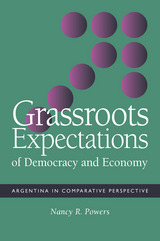Symbolism and Ritual in a One-Party Regime: Unveiling Mexico's Political Culture
University of Arizona Press, 2010
eISBN: 978-0-8165-4543-8 | Paper: 978-0-8165-2753-3
Library of Congress Classification JL1281.L639 2010
Dewey Decimal Classification 324.972
eISBN: 978-0-8165-4543-8 | Paper: 978-0-8165-2753-3
Library of Congress Classification JL1281.L639 2010
Dewey Decimal Classification 324.972
ABOUT THIS BOOK | AUTHOR BIOGRAPHY | REVIEWS | TOC
ABOUT THIS BOOK
Because of the long dominance of Mexico’s leading political party, the Partido Revolucionario Institucional, the campaigns of its presidential candidates were never considered relevant in determining the victor. This book offers an ethnography of the Mexican political system under PRI hegemony, focusing on the relationship between the formal democratic structure of the state and the unofficial practices of the underlying political culture, and addressing the question of what purpose campaigns serve when the outcome is predetermined.
Discussing Mexican presidential politics from the perspectives of anthropology, political science, and communications science, the authors analyze the 1988 presidential campaign of Carlos Salinas de Gortari—the last great campaign of the PRI to display the characteristics traditionally found in the twentieth century. These detailed descriptions of campaign events show that their ritualistic nature expressed both a national culture and an aura of domination.
The authors describe the political and cultural context in which this campaign took place—an authoritarian presidential system that dated from the 1920s—and explain how the constitutional provisions of the state interacted with the informal practices of the party to produce highly scripted symbolic rituals. Their analysis probes such topics as the meanings behind the candidate’s behavior, the effects of public opinion polling, and the role of the press, then goes on to show how the system has begun to change since 2000.
By dealing with the campaign from multiple perspectives, the authors reveal it as a rite of passage that sheds light on the political culture of the country. Their study expands our understanding of authoritarianism during the years of PRI dominance and facilitates comparison of current practices with those of the past.
Discussing Mexican presidential politics from the perspectives of anthropology, political science, and communications science, the authors analyze the 1988 presidential campaign of Carlos Salinas de Gortari—the last great campaign of the PRI to display the characteristics traditionally found in the twentieth century. These detailed descriptions of campaign events show that their ritualistic nature expressed both a national culture and an aura of domination.
The authors describe the political and cultural context in which this campaign took place—an authoritarian presidential system that dated from the 1920s—and explain how the constitutional provisions of the state interacted with the informal practices of the party to produce highly scripted symbolic rituals. Their analysis probes such topics as the meanings behind the candidate’s behavior, the effects of public opinion polling, and the role of the press, then goes on to show how the system has begun to change since 2000.
By dealing with the campaign from multiple perspectives, the authors reveal it as a rite of passage that sheds light on the political culture of the country. Their study expands our understanding of authoritarianism during the years of PRI dominance and facilitates comparison of current practices with those of the past.
See other books on: Communication policy | Elections | Political campaigns | Ritual | Symbolism
See other titles from University of Arizona Press
